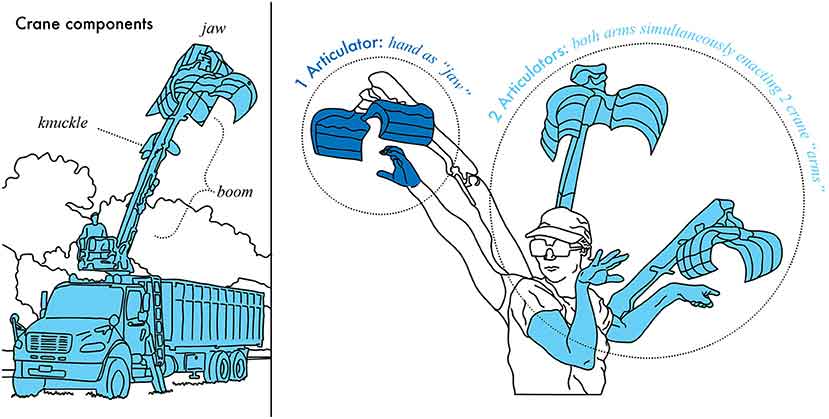Window to the world
October 5, 2022
DSU professor hopes to include students in future gesture research

Gestures are small things that don’t last very long in a conversation, but they can be very important, said Dr. Matthew Ingram, Assistant Professor of Communication at Dakota State University.
“Gestures give us insight into how we think,” he said. “They are fundamental to how we conceive the world.”
Understanding gestures and body movements can also help bridge the gap between different groups. Ingram discovered an example of this as a graduate student in Texas. Forklift Danceworks in Austin, Texas, wanted to bring public awareness to the skillfulness of the city forestry department, so they created a performance with the foresters as the dancers.
“Gesturing is a complex phenomenon, and the dancers and arborists used the non-verbal form of communication to convey a set of knowledge and understanding through common vocabulary and gesture routing,” he said.
Ingram’s micro-ethnographic investigation studied how the dance concept of “marking” helped build and enact the gestures used in the dance. Marking is defined as a run-through of a dance routine, often with hand gestures substituted for movements.
“We don’t tend to think of interaction as part of efforts to persuade others of a particular version of reality, but interaction is collaborative and the way we talk and use gestures gives us an understanding of each other.”
His results were recently published in a paper in Frontiers in Communication. For the article, he worked with a former college roommate, Ian Mitchell Wallace, an independent scholar with the San Francisco Art Institute, who created the graphic images for the paper. “This was a good reminder that images and visuals help us make arguments,” Ingram said.
Ingram hopes this research paves the way for additional research at Dakota State and provides opportunities for students.
In this way, they can see that research is something that involves a community and that it is reciprocal between that community and the researchers. “We can learn much from each other, which is so important for research.”
There are many applications for gesture research across all four colleges at Dakota State, from public speaking to technology applications such as helping robots learn and gesture.
“We tend to focus on the brain for thinking, but the hands, the mind, and the body all work together,” he stated. “That’s what’s cool about gestures. It’s a window into that world without mindreading.”
